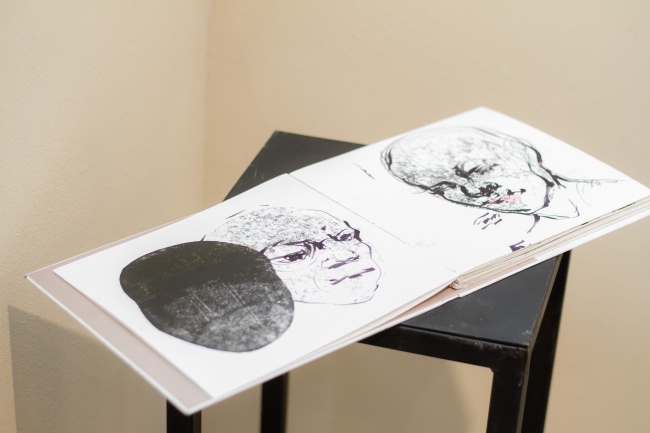
In her creative works, Mariya Plyatsko does a research in relationships among people, the ones that are more than words, more than gestures or glances. The relationships are the core concept, the intangible, we may say. We try only to look into that. The creative works united in the Panopticon make us ask, re-consider, and provoke this unsolved assignment, namely, What are they, the relationships among people? Are they what we say? Our mimics? Our emotions? Maybe, they are something deeper, too complicated to find simple solutions?
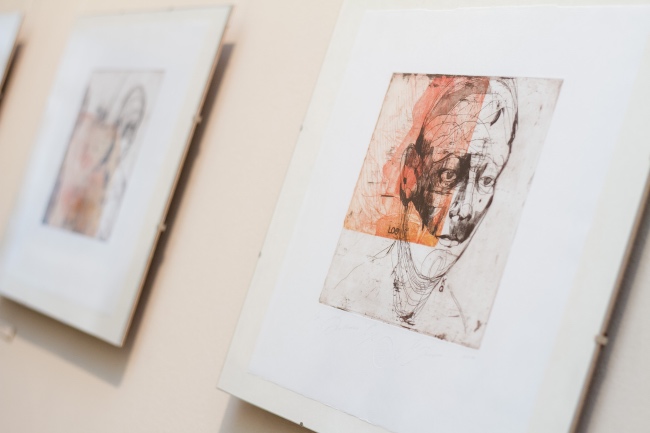
The artist remarks, “How much do we mute leaving a glance only… How much do we want to say hoping we would be understood without saying anything…” Mariya’s works are to fix unnoticed, the part of the human relationships that slips through our fingers remaining mute – and incomprehensible.
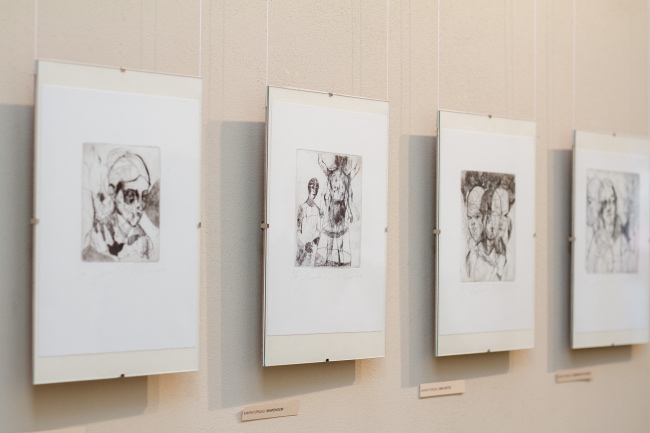
The Panopticon is the complicated and the elusive concept. Literarily, it means “all-seeingness” that is the space absolutely open for the observation. According to Michel Foucault, this concept has slightly threatening meaning, in particular, using it as an interpretation of human rights and freedoms limitations. Yet, Mariya interprets it within totally neutral dimension, “Panopticon as the point of the observation, the tower, the neutral object, which does not take away and does not give; it remembers and collects only.” In that particular exhibition, Mariya suggests us looking into the collection of the diverse dimensions of the human relationships, the collection of the unsounded moves, looks, expressions. The works appeal to us continuing that unheard dialogue, as though they do not, individually developing the stories seen, rather, episodically.

Working with the eau-forte and the aquatint techniques, Mariya Plyatsko successfully continues the tradition of the Lviv graphic school founded in the 70-80ies of XX century and related to the figures of Aksinin, Romanyshyn, Denysenko, Ivanov. The works suggested stylistically at the exhibition can be compared to the David Hockney’s A Rake’s Progress series or the George Grosz’ illustrations. Unfortunately, among the works of the younger generation artists such a skilful and a convincing adjustment of the gravure techniques to metal can be met very rarely. Setting herself free from the influence of the predecessors Mariya self-reliantly finds her own art language.
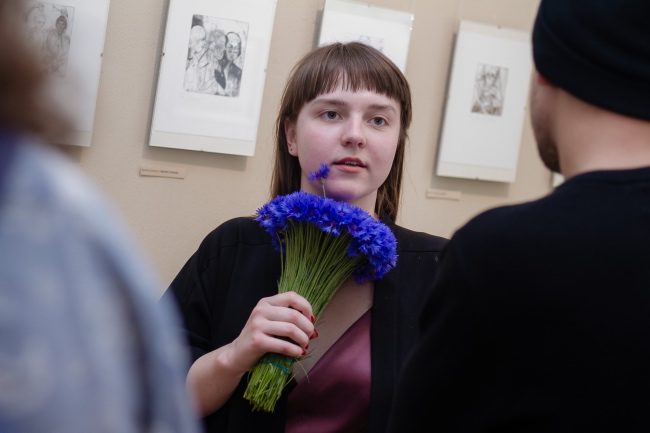
The artist who recently has graduated from the Ukrainian Academy of Printing took part in the numerous exhibitions of the graphic art. The IconArt gallery welcomes her works within the framework of the personal exhibition. Such tools help Mariya not only showing her creative works to Lviv appreciators but also developing their feeling of her art language since the gallery as a spot of space too petite creates the holistic art environment of the individual graphic sheets, where her voice of graphic art raises in a convincing way.
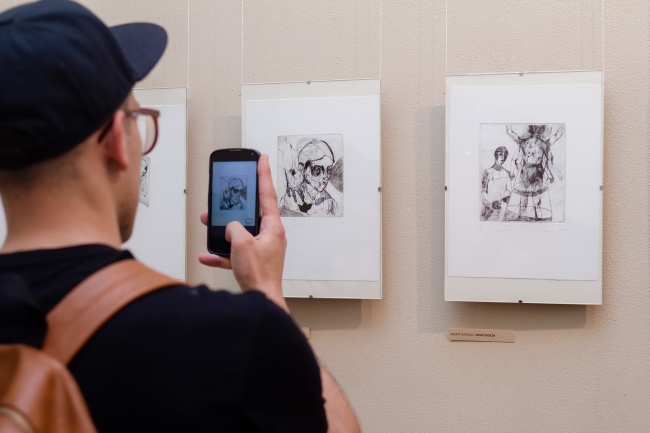
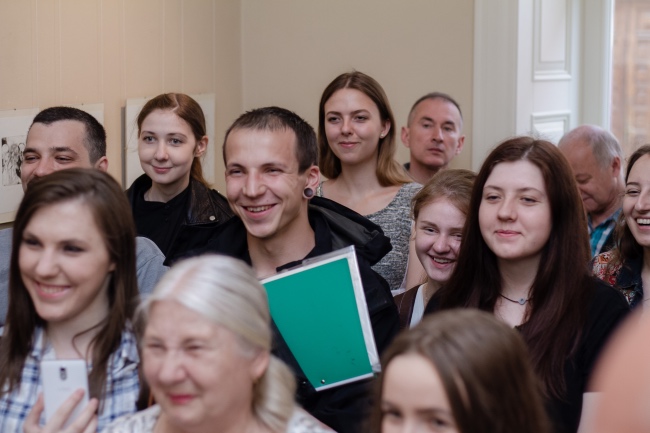
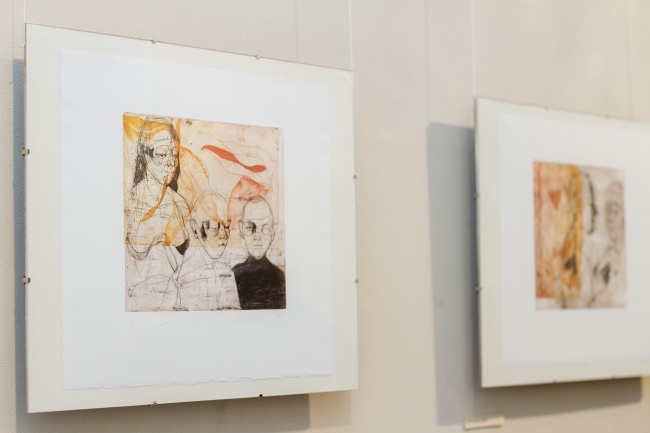
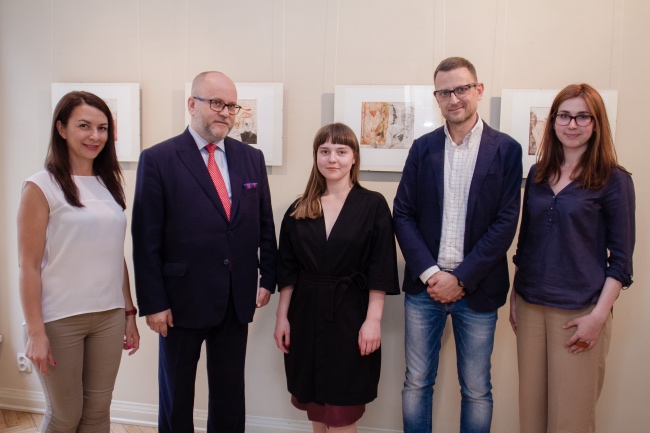
Photographer: Bogdan Yemets
